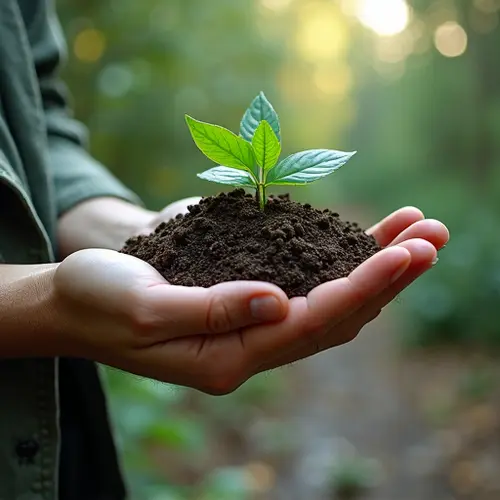
Europe's Circular Economy Revolution
The European Union has adopted a groundbreaking strategy to transition to a fully circular economy by 2035. This ambitious blueprint aims to eliminate waste by keeping resources in use through innovative reuse and recycling systems. The plan, formally called the Circular Economy Action Plan (CEAP), represents one of the most significant environmental reforms in EU history.
Core Objectives and Targets
By 2035, the EU aims to:
- Make sustainable products the norm across all markets
- Reduce total waste generation by 30%
- Recycle 65% of municipal waste and 75% of packaging waste
- Cut material use per person by 50%
- Create 700,000 new green jobs in circular industries
How the System Will Work
The circular model fundamentally reimagines our relationship with materials. Instead of the traditional 'take-make-dispose' approach, products will be designed for durability, repairability, and recyclability from the outset. The strategy introduces:
- Digital product passports detailing composition and repairability
- Strict eco-design requirements across product categories
- Expanded 'right to repair' legislation
- Harmonized recycling systems across member states
Implementation Timeline
Key milestones include:
- 2026: Mandatory recycled content in plastic packaging
- 2028: Ban on destroying unsold textiles and electronics
- 2030: Full traceability for critical raw materials
- 2035: Complete transition to circular systems
Global Implications
Through the Global Alliance on Circular Economy and Resource Efficiency (GACERE), the EU is pushing this model worldwide. The strategy could reduce global CO2 emissions by 39% if adopted globally according to European Environment Agency projections. Developing nations will receive €3 billion in circular economy transition funding by 2027.

 Nederlands
Nederlands English
English Français
Français Deutsch
Deutsch Español
Español Português
Português


